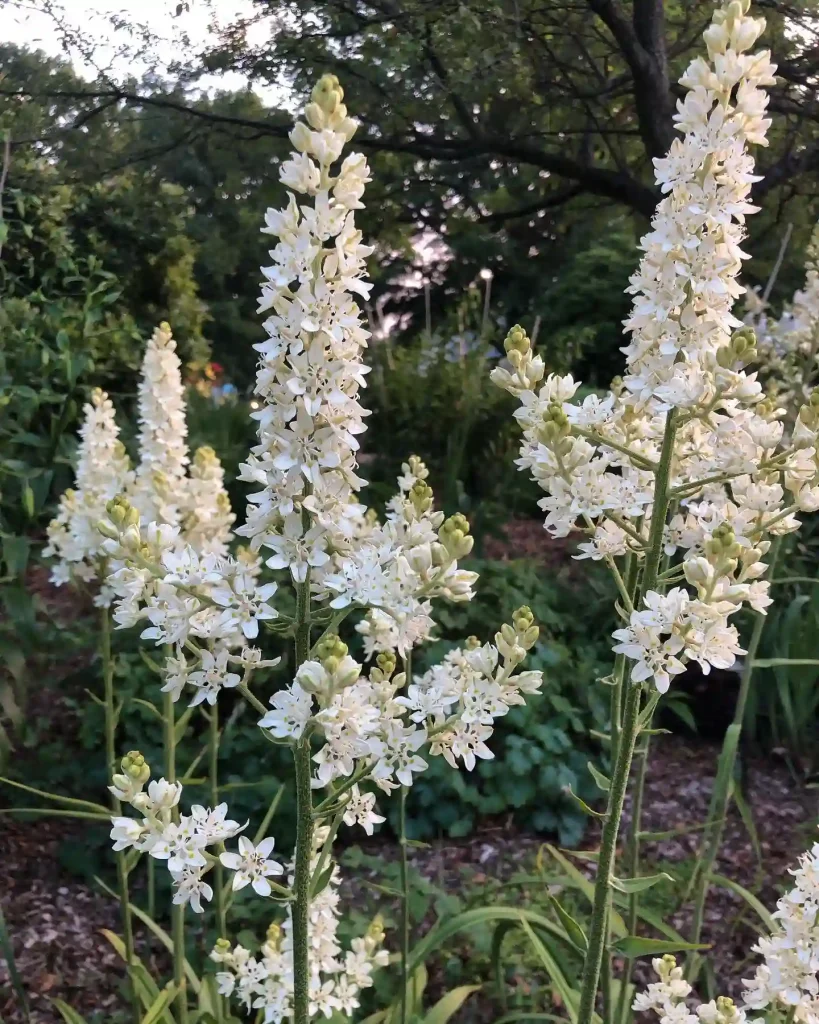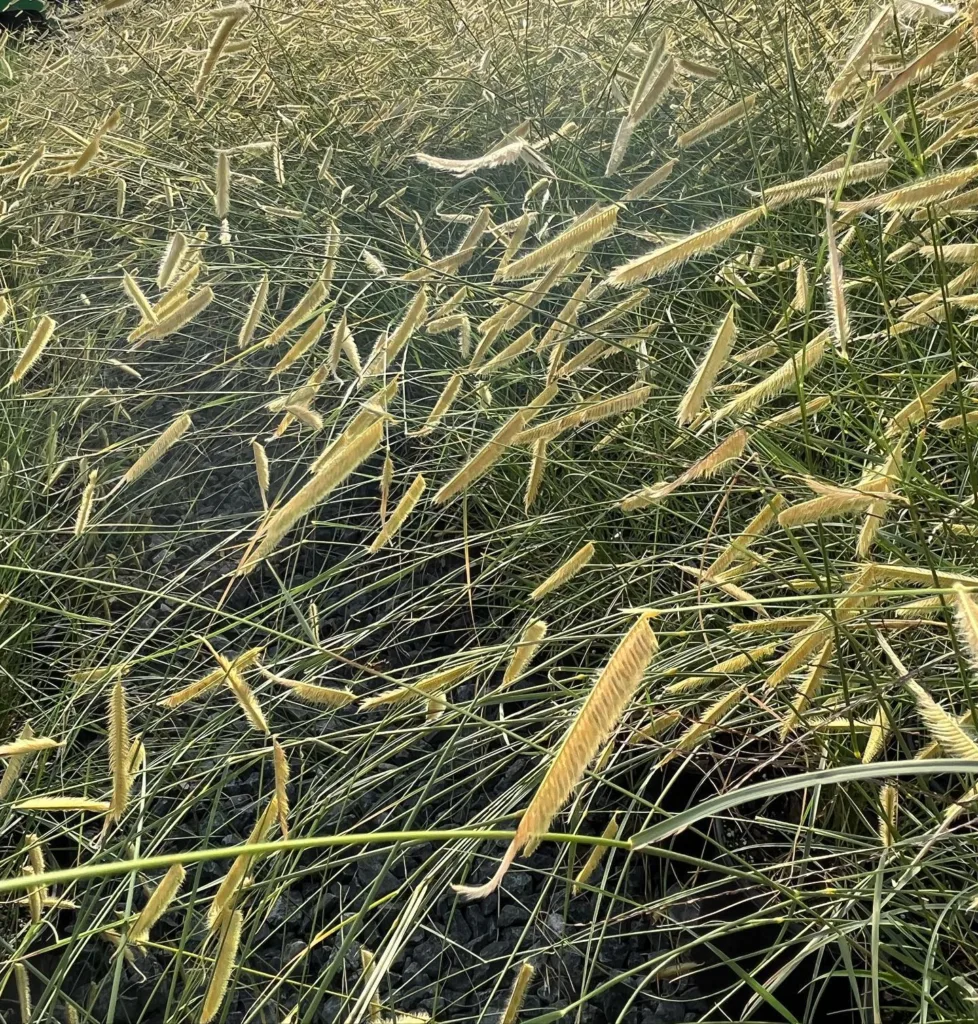
My Love Affair with the Sansevieria Fernwood: A Plant Perfect for the Forgetful Gardener
Ah, the Sansevieria Fernwood. This architectural wonder isn’t just stunning to look at, it’s the plant whisperer’s dream. As someone who can easily forget to water a cactus, the Fernwood thrives on neglect. It’s become a cherished companion in my home, adding a touch of modern elegance and requiring minimal effort on my part.
For those like me, new to the wonderful world of houseplants, the Sansevieria Fernwood might be the perfect introduction. Let’s delve into what makes this succulent so special, and how you can cultivate your own thriving Fernwood oasis.
Unveiling the Allure of the Sansevieria Fernwood
The Sansevieria Fernwood, also known as the Mikado Fernwood, boasts a unique appearance. Imagine a cluster of dark green, slender leaves gracefully arching outwards. These leaves are adorned with striking light green stripes, resembling a tiger’s fur. The overall effect is a modern, sculptural form that complements any décor.
Beyond its visual appeal, the Fernwood offers a plethora of benefits:
- Air Purification: Studies suggest Sansevieria varieties, including the Fernwood, help eliminate toxins like formaldehyde and benzene from the air, promoting a healthier indoor environment.
- Low Maintenance: This succulent is a champion of resilience. It tolerates low light conditions, infrequent watering, and even neglectful owners like myself.
- Durability: The Sansevieria Fernwood is known for its longevity. With proper care, this plant can grace your home for years to come.
How Often Should You Water a Sansevieria Fernwood?
Remember, underwatering is far better than overwatering when it comes to the Fernwood. Here’s a simple approach:
- Feel the Soil: The best way to gauge watering needs is to stick your finger into the soil. If it feels dry to the touch, it’s watering time.
- Less is More: Err on the side of caution. It’s better to underwater slightly than drown the roots.
- Seasonal Shifts: Water more frequently during the spring and summer growing season. Reduce watering considerably in the fall and winter.
The Art of Repotting: Giving Your Sansevieria Fernwood a New Home
As your Fernwood thrives, it might eventually outgrow its pot. Here’s how to repot it seamlessly:
- Choosing the Right Pot: Select a pot that’s only slightly larger in diameter than the current one. Drainage holes are crucial to prevent root rot.
- Prepare the New Home: Fill the new pot with a well-draining cactus or succulent soil mix.
- Gently Does It: Carefully remove the Sansevieria from its current pot, loosening any compacted soil around the roots.
- Finding the Sweet Spot: Position the plant in the new pot, ensuring the crown sits at the soil level. Fill the remaining space with fresh potting mix.
- Hold off on Watering: Wait a few days before watering your newly repotted Fernwood to allow the roots to adjust.
Sansevieria Fernwood vs Cylindrica
Distinguishing Sansevieria Fernwood is simple due to its conical leaves featuring distinct tiger-print stripes, growing vertically and connecting at the stem to create the entire plant, whereas Cylindrica boasts upright, subtly striped leaves emerging from a rosette base.
Sansevieria Fernwood vs Mikado
The Mikado variation introduces an intriguing fountain-like shape, lending a modern aesthetic to its appearance.
Sansevieria Fernwood vs Bacularis
The inclusion of “Bacularis” in the name signifies that the leaves will possess a thinner characteristic compared to the standard Sansevieria Fernwood; furthermore, Bacularis features distinctive purple sheaths at the leaf bases, a trait absent in other Sansevieria species.
With a little TLC, your Sansevieria Fernwood will thrive for years to come, adding a touch of modern elegance and clean air to your home. So, embrace the low-maintenance lifestyle and embark on your own Fernwood adventure!
If i die, water my plants!



